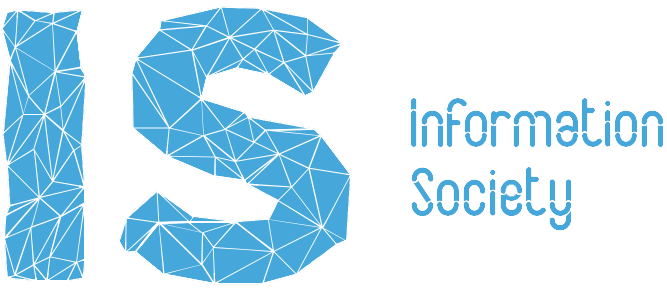Eva Vidmar
Abstract
This article provides a brief overview of an extended Master’s
thesis and focuses on the use of modern digital technologies to
design a multimedia environment aimed at inducing a state of
flow in individuals. Flow is a psychological state characterized
by deep immersion in an activity, leading to a loss of sense of
time and external worries [1]. Exiting this state typically results
in feelings of satisfaction and happiness. Achieving flow
requires a balance between skills and challenges. Learning to
attain this balance can help individuals improve overall, which
is a key reason for this research. The main objective is to
investigate whether flow can be achieved through the use of
color light stimuli in a space that adapts in real-time to an
individual’s level of attention. This represents a preliminary step
toward using technology to design spaces that stimulate
individuals and facilitate the quicker and easier attainment of
flow. An experiment was conducted to test whether such a
space affects individuals’ flow. Tetris was chosen as the central
activity for the experiment. The findings indicated that color
stimuli influenced the participants’ physically measured
attention, although no significant changes were observed in
questionnaire responses or gameplay performance. Given that
attention is a crucial factor in achieving flow, it can be partially
asserted that participants experienced flow, though more
reliable data would be necessary for further conclusions. These
findings significantly contribute to the understanding of
measuring and achieving flow through technology, representing
an important advancement in this field.

